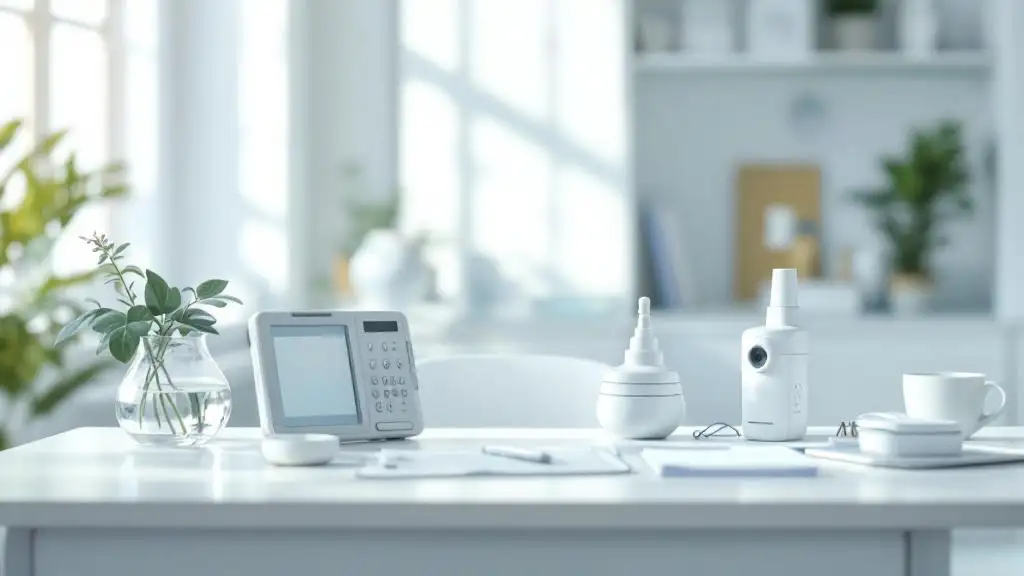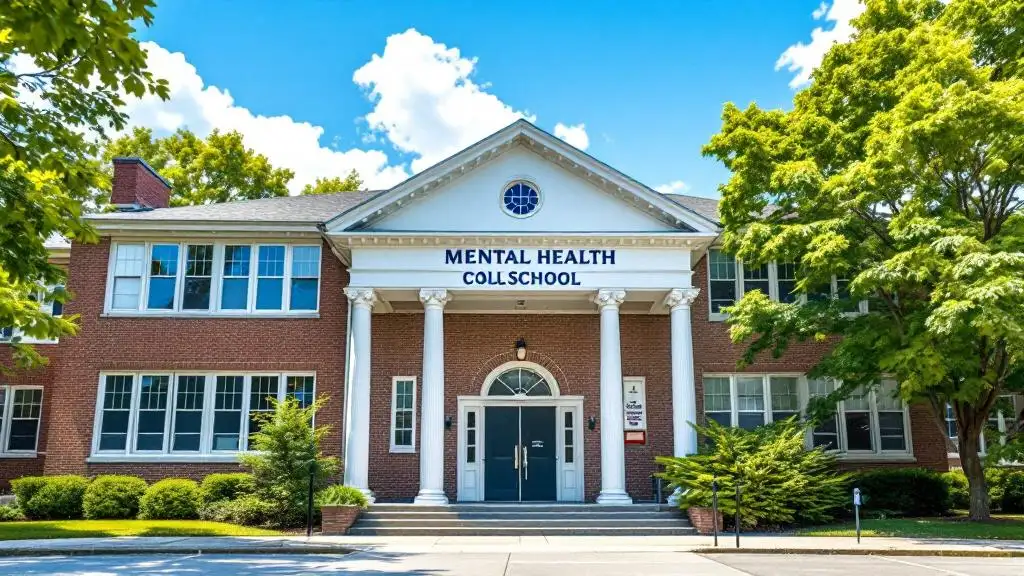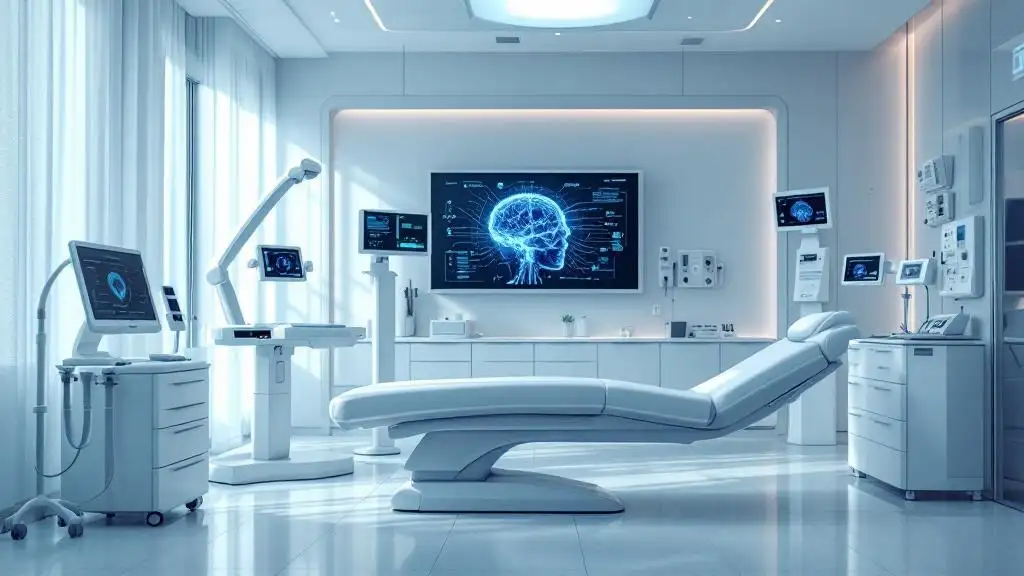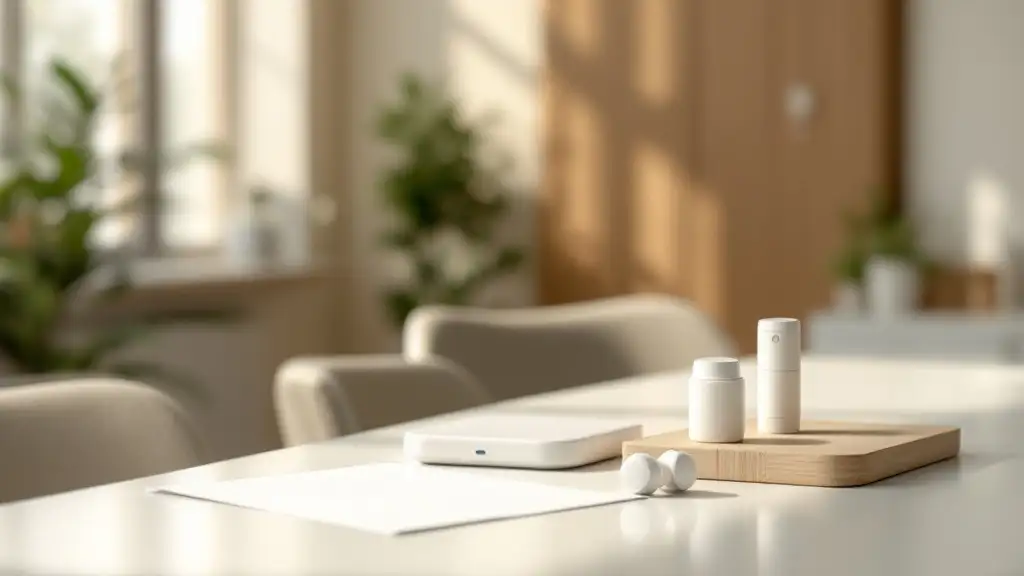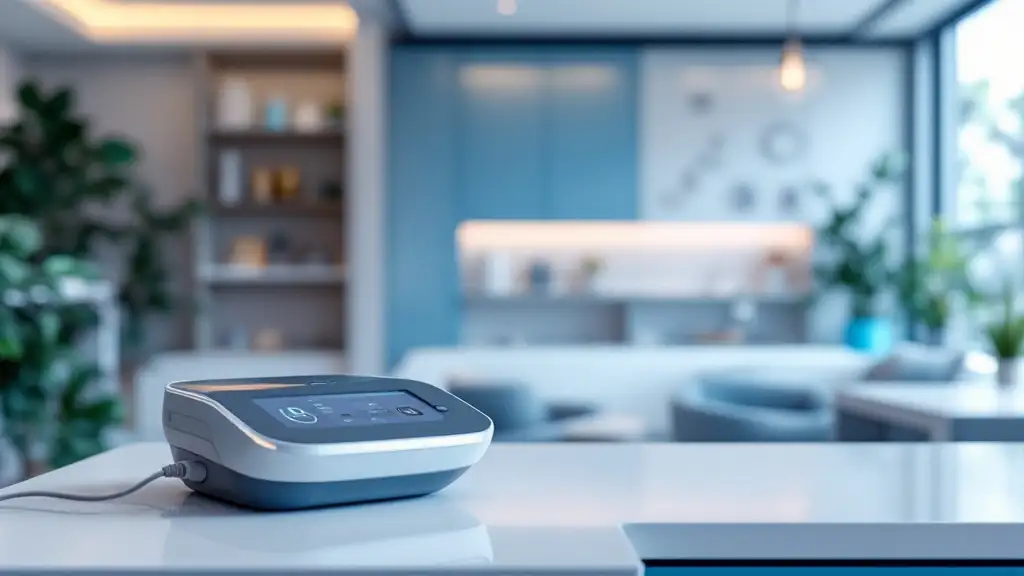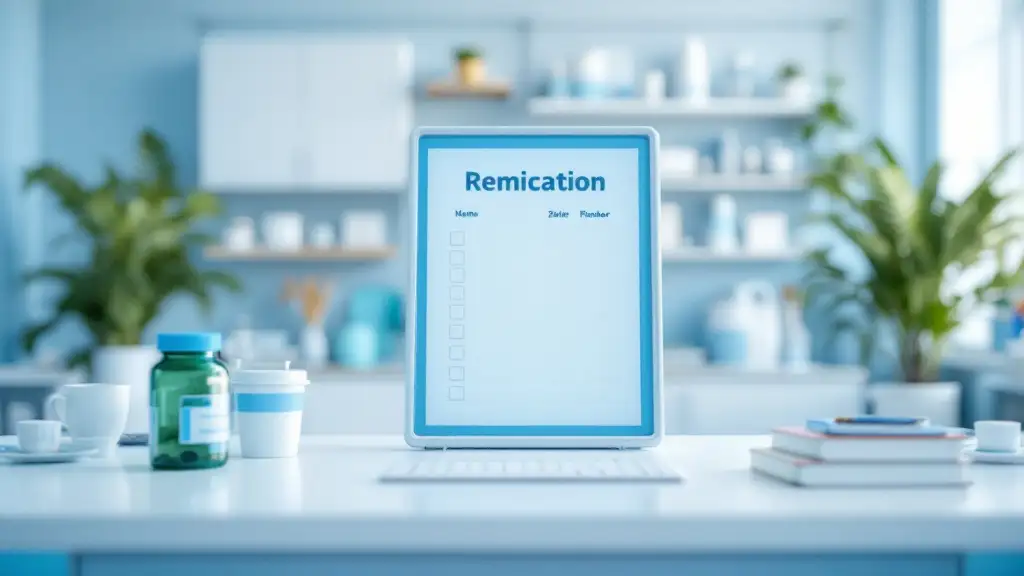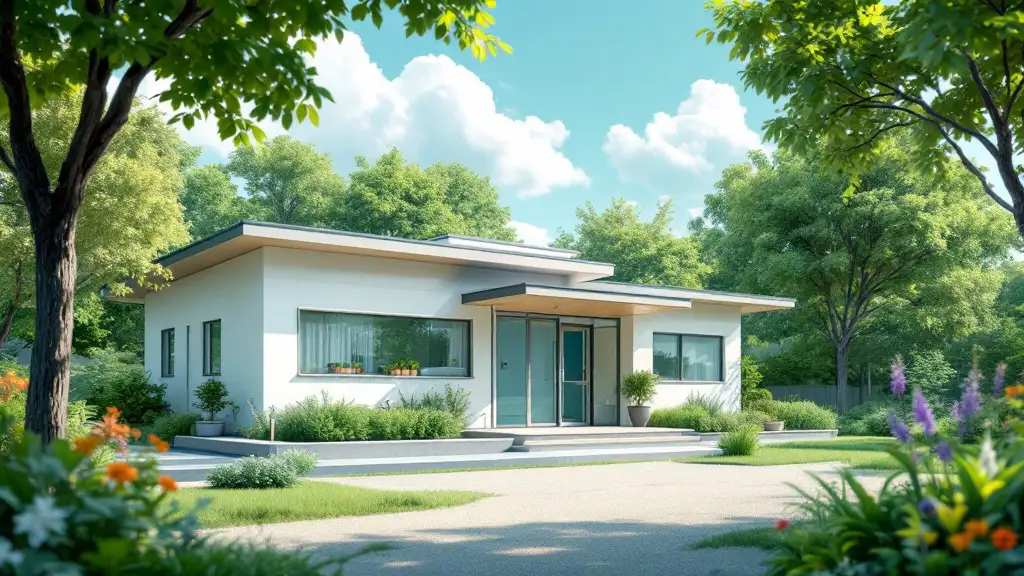Enhancing Access and Outcomes through Virtual Mental Health Support
The advent of telepsychiatry has revolutionized the delivery of mental health services for veterans suffering from PTSD, breaking down traditional barriers related to geography, mobility, and stigma. Through innovative telehealth models, veterans can access evidence-based therapies such as Cognitive Processing Therapy (CPT) and Prolonged Exposure (PE) via secure videoconferencing, with outcomes comparable to in-person treatments. This article explores the role, effectiveness, clinical considerations, and available resources associated with telepsychiatry for supporting veterans with PTSD, emphasizing its importance in modern veteran healthcare.
The Role and Impact of Telepsychiatry in Veteran PTSD Treatment
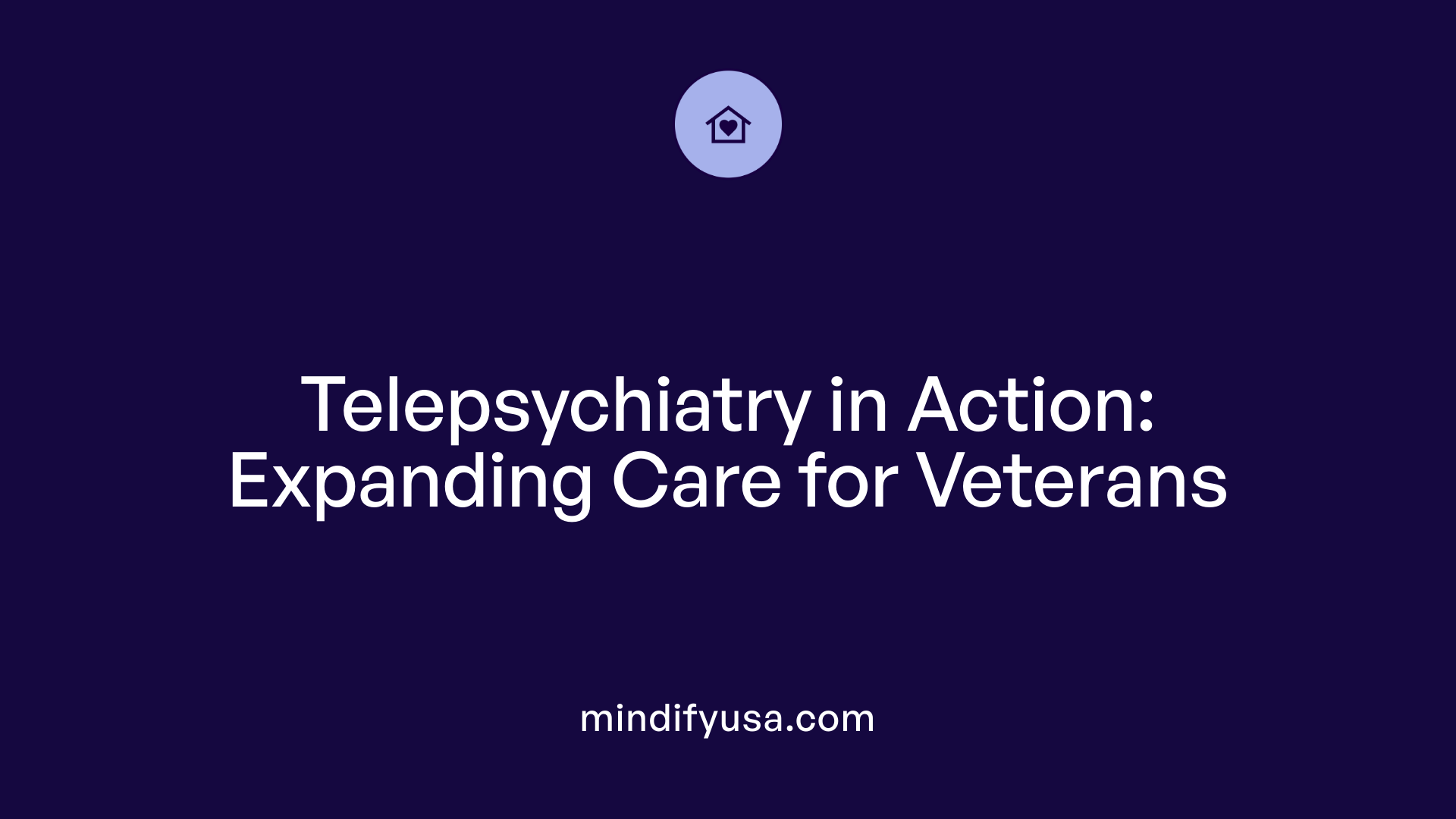
What is the role of telepsychiatry and telemental health services in supporting veterans with PTSD?
Telepsychiatry and telemental health services have become vital tools in delivering mental health care to veterans suffering from PTSD. These remote treatment options provide a critical link for veterans in rural, remote, or underserved areas where in-person therapy might be difficult due to distance or lack of local providers.
The Department of Veterans Affairs (VA) has embraced telehealth as a primary means to expand access and maintain continuity of care. Through platforms like VA Video Connect, veterans can engage in secure, real-time video sessions with mental health professionals from their homes or private spaces, such as parked cars or other convenient locations.
Evidence-based therapies, including Cognitive Processing Therapy (CPT) and Prolonged Exposure (PE), are effectively delivered via telehealth modalities, showing outcomes comparable to traditional face-to-face treatments. Studies have demonstrated significant symptom reductions in PTSD, depression, and associated issues when these therapies are administered remotely.
Home-based telehealth options, in particular, increase flexibility, allowing veterans to participate more consistently and adhere to treatment plans. This approach also helps foster stronger therapeutic bonds since veterans often feel more at ease in their familiar environment, which enhances trust and engagement.
The VA’s efforts to promote tele-mental health are backed by a broad base of research supporting its effectiveness. Multiple clinical trials and studies have shown that telehealth services for PTSD are not only comparable to in-person care but often yield higher satisfaction and better adherence, especially in populations facing mobility challenges or stigma concerns.
Despite technical and logistical challenges, such as internet reliability and privacy considerations at home, the overall impact of targeted telepsychiatry programs has been positive. These services help reduce barriers like transportation, stigma, and limited local resources, increasing access particularly for rural veterans.
In summary, telepsychiatry and telemental health services serve as essential components in supporting veterans with PTSD. They enable timely, confidential, and effective treatment, making mental health care more accessible than ever before.
Evidence of Effectiveness and Clinical Outcomes
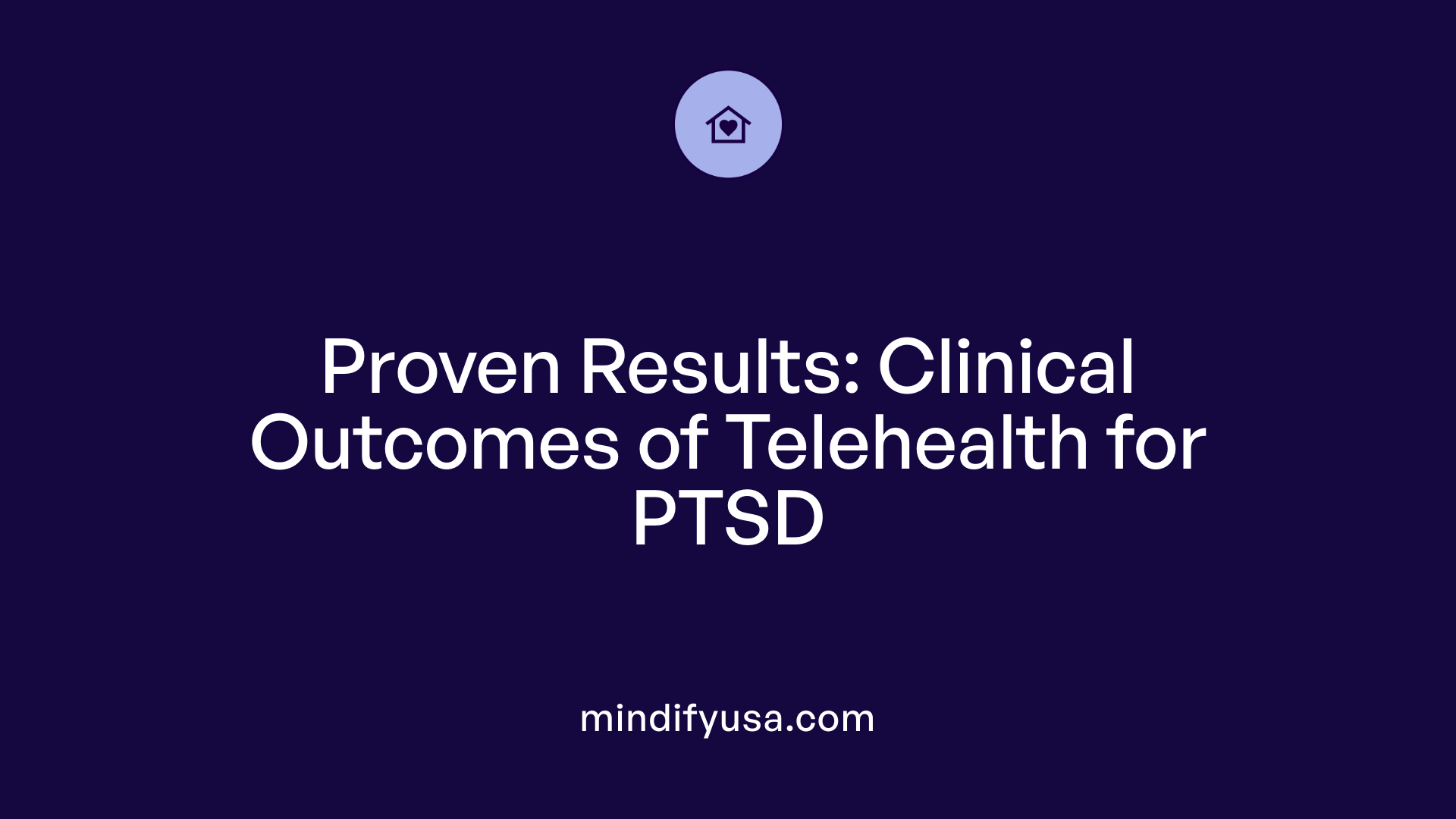
How effective is telepsychiatry treatment for veterans with PTSD?
Research consistently indicates that telepsychiatry delivers highly effective treatment for veterans suffering from PTSD. Multiple clinical trials show that outcomes from virtual therapy sessions—whether through video teleconferencing or home-based care—match those achieved through traditional face-to-face treatment.
For instance, studies involving veterans undergoing evidence-based therapies such as Cognitive Processing Therapy (CPT) and Prolonged Exposure (PE) demonstrate significant symptom reduction. These reductions are comparable across different delivery formats, with large effect sizes — indicating substantial clinical improvement. Notably, the use of telehealth does not compromise the therapeutic relationship; veterans report high satisfaction and strong alliance with their providers, whether contacted from their homes, cars, or community clinics.
Dropout rates among veterans receiving telehealth are similar to, or lower than, those in in-person treatment settings. This suggests that veterans find telepsychiatry accessible and engaging, particularly when barriers such as transportation, distance, mobility issues, or stigma are reduced. For many, virtual care fosters a sense of comfort and privacy that encourages continued participation and adherence to therapy.
Studies have shown that telepsychiatry can improve treatment engagement, leading to higher completion rates, especially for demanding therapies such as CPT and PE. This is evident in programs like the VA’s TeleMental Health initiatives, which have expanded access to rural and underserved veterans, ultimately supporting better clinical outcomes.
In summary, evidence from diverse research efforts confirms that telepsychiatry is not only a practical alternative to in-person care but also a validated approach that produces comparable, and often superior, clinical results for veterans with PTSD.
Clinical Considerations and Implementation Strategies

What are some clinical considerations for implementing telepsychiatry services for veterans with PTSD?
Implementing telepsychiatry services for veterans suffering from PTSD requires careful planning to ensure safety, confidentiality, and effectiveness. Clinicians should utilize secure, encrypted videoconferencing platforms that meet health information privacy standards, such as HIPAA compliance. This helps protect sensitive veteran data and maintains trust.
Building rapport remotely can be a challenge due to the lack of physical presence. To counter this, mental health providers should train in virtual communication skills — including verbal pacing, active listening, and creating a warm, consistent environment — to foster a strong therapeutic alliance.
Technological and infrastructural requirements are crucial for reliable service delivery. Veterans need access to high-speed internet, appropriate devices (smartphones, tablets, computers), and private spaces to participate without interruptions or breaches of confidentiality. The VA and affiliated agencies often provide technical support and education to Veterans to facilitate this.
Safety protocols are vital, especially given the risks associated with PTSD, such as suicidality. Protocols should include emergency contact procedures, crisis intervention plans, and clear steps for managing acutely distressed or suicidal Veterans during virtual sessions. Clinicians must assess risk thoroughly before and during treatment, and establish safety and trust from the outset.
Collaboration among different stakeholders—including VA centers, community providers, and mental health organizations—is essential. This promotes resource sharing, ensures continuity of care, and helps address logistical barriers like transportation or location constraints. Engaging Veterans early in the planning process encourages acceptance and adherence, making sure that services are tailored to their specific needs.
Overall, a thoughtful integration of technology, safety, relationship-building, and stakeholder coordination can enhance the quality and reach of telepsychiatric care for Veterans with PTSD, ensuring that therapeutic outcomes are comparable to traditional in-person treatment.
Available Modalities and Resources for Veteran PTSD Support
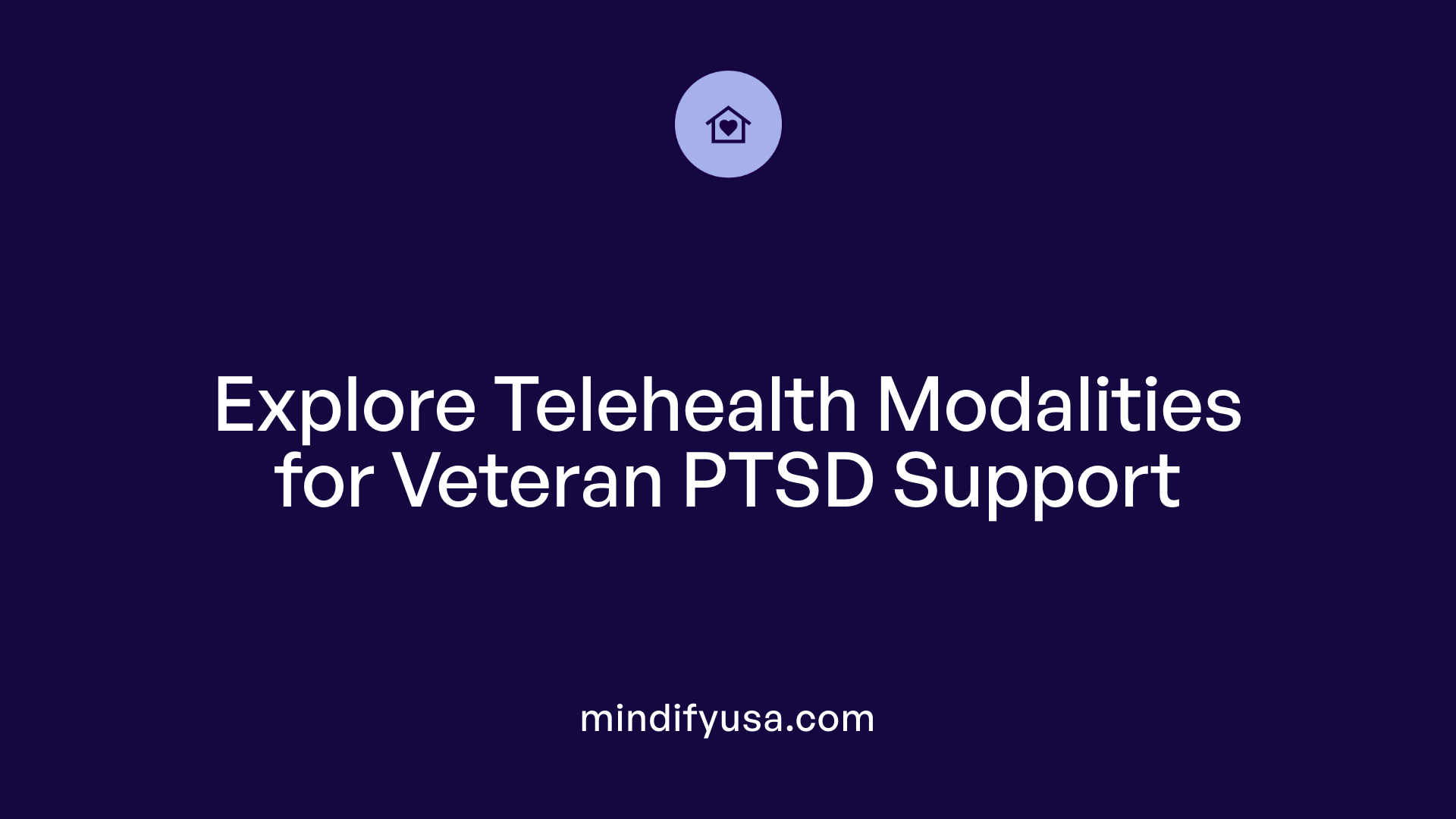
What types of telehealth therapy modalities are available for supporting veterans with PTSD?
Veterans seeking mental health support for PTSD have access to a range of telehealth therapy options designed to improve access and convenience. The most common and well-studied modality is clinical video teleconferencing (CVT), which allows real-time, interactive sessions between therapists and veterans. CVT is frequently delivered via secure platforms like VA Video Connect, and can be used in both office-based settings and from the comfort of veterans’ homes.
Home-based CVT has been shown to increase flexibility and access, especially for veterans in rural or remote locations. Both office-based and home-based CVT have demonstrated comparable effectiveness to traditional face-to-face treatment. Evidence-based therapies like Prolonged Exposure (PE), Cognitive Processing Therapy (CPT), and Cognitive Behavioral Therapy for Insomnia (CBT-I) are deliverable through CVT, yielding similar clinical outcomes, high treatment adherence, and positive therapeutic alliance.
Beyond video conferencing, telehealth for veterans extends to other virtual formats such as secure telephonic sessions, chat-based communication, smartphone apps, and even immersive virtual reality (VR). These modalities support trauma-focused therapies and symptom management tailored to individual needs.
For example, apps like PTSD Coach and Mindfulness Coach provide tools for self-management between sessions. Programs such as Give an Hour and The Soldiers Project offer free or low-cost virtual counseling specific to veterans’ mental health challenges.
Hybrid approaches are also emerging, combining online therapy with occasional in-person visits for comprehensive care. Telehealth's versatility allows customization of treatment plans, ensuring veterans receive consistent, evidence-based support regardless of location or mobility limitations.
Overall, these diverse telehealth modalities expand access, foster engagement, and promote effective PTSD treatment outcomes for veterans across the United States.
Enhancing Access and Support through Resources and Programs
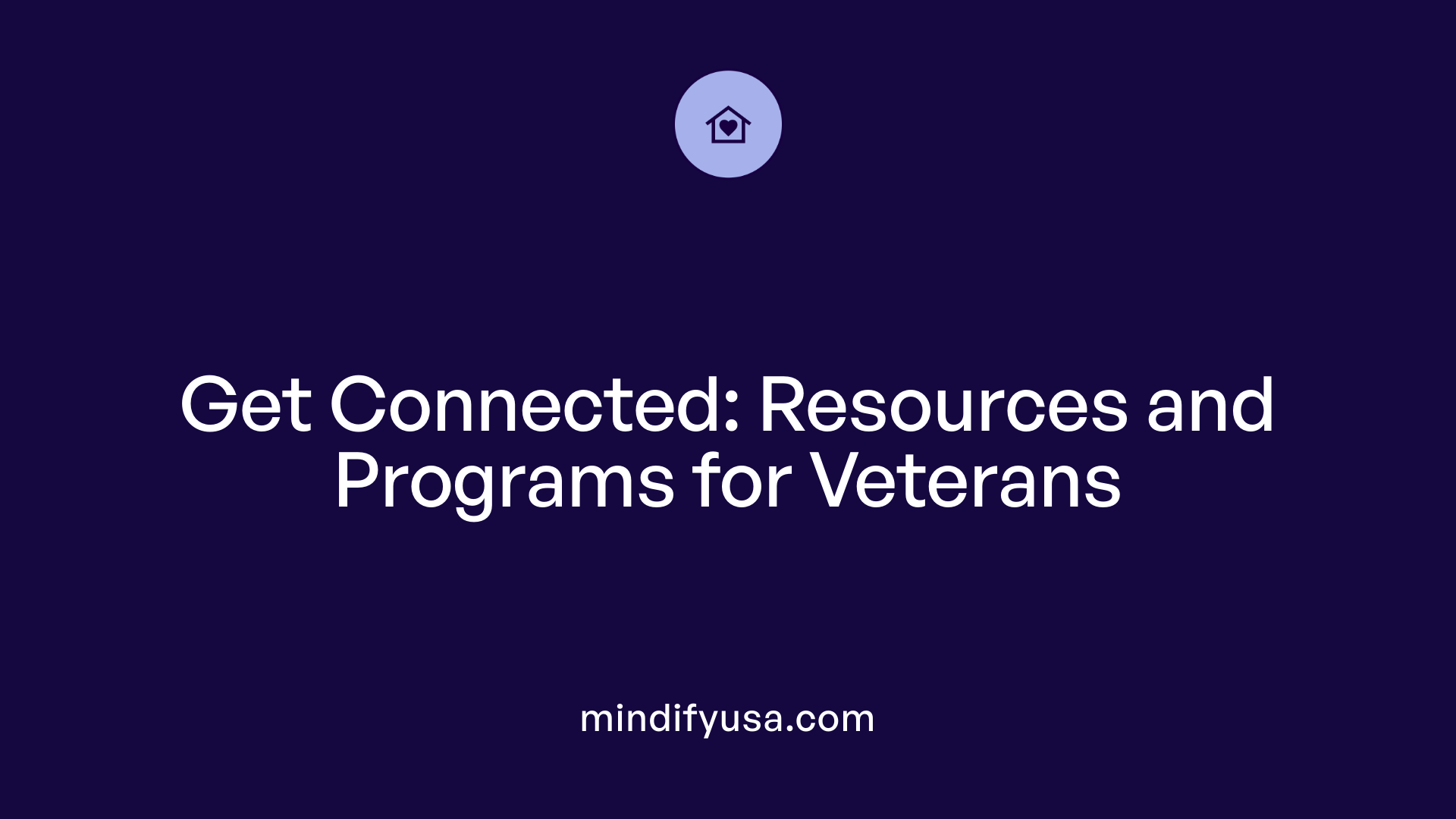
What resources or programs are available to support veterans with PTSD through telepsychiatry?
Veterans facing PTSD can access a wide range of telehealth resources and programs designed to provide effective support remotely. The Department of Veterans Affairs (VA) has expanded its TeleMental Health (TMH) services, leveraging clinical video teleconferencing (CVT) to enable veterans to participate in therapy sessions from their homes or private spaces. These services are backed by research demonstrating that telehealth-based treatments such as Cognitive Processing Therapy (CPT), Prolonged Exposure (PE), and other evidence-based therapies are just as effective as in-person sessions.
Beyond VA services, several external organizations have stepped in to offer specialized and confidential support. The Wounded Warrior Project, Headstrong Project, Cohen Veterans Network, and The Soldiers Project are notable examples. They provide free or low-cost teletherapy options tailored for veterans, often including trauma-focused therapies and mental health counseling.
A crucial resource for immediate mental health support is the Veterans Crisis Line, accessible via phone or online chat, which provides urgent assistance for veterans in crisis. Peer support programs like Vets4Warriors offer a platform for veterans to connect with trained peers, sharing experiences and guidance through secure communication channels.
Additionally, digital applications have become vital tools for ongoing self-management. The PTSD Coach app, developed by the VA and Department of Defense, offers educational resources, symptom tracking, relaxation exercises, and connection to local services. The Mindfulness Coach app further supports veterans in practicing mindfulness and stress reduction techniques.
These combined efforts significantly improve access, especially for veterans in rural or underserved areas, reducing barriers such as transportation difficulties, stigma, and scheduling conflicts. They also foster a sense of community and immediate access to mental health support, which is vital in managing PTSD effectively.
The Future of Telepsychiatry in Veteran PTSD Care
As research continues to validate the effectiveness of telepsychiatry, and technological innovations make virtual care more accessible, its role in supporting veterans with PTSD is poised to expand further. Expanding infrastructure, fostering stakeholder collaboration, and enhancing safety protocols will be key to integrating telepsychiatry as a standard element of veteran mental health services. Ultimately, telepsychiatry not only improves access and adherence but also empowers veterans to achieve better mental health outcomes, contributing to their overall well-being and resilience in the face of trauma.
References
- PTSD and Telemental Health
- TeleMental Health: Transforming PTSD treatment for Veterans
- Telehealth Therapy For Veterans: Pros, Cons & Getting Started
- Health Technology for Mental Health Care - NCBI
- VA Launches Telehealth Program for Rural Vets with PTSD
- PTSD telehealth treatments for veterans: Comparing outcomes from ...
- Effectiveness of telehealth-delivered massed trauma-focused ...











